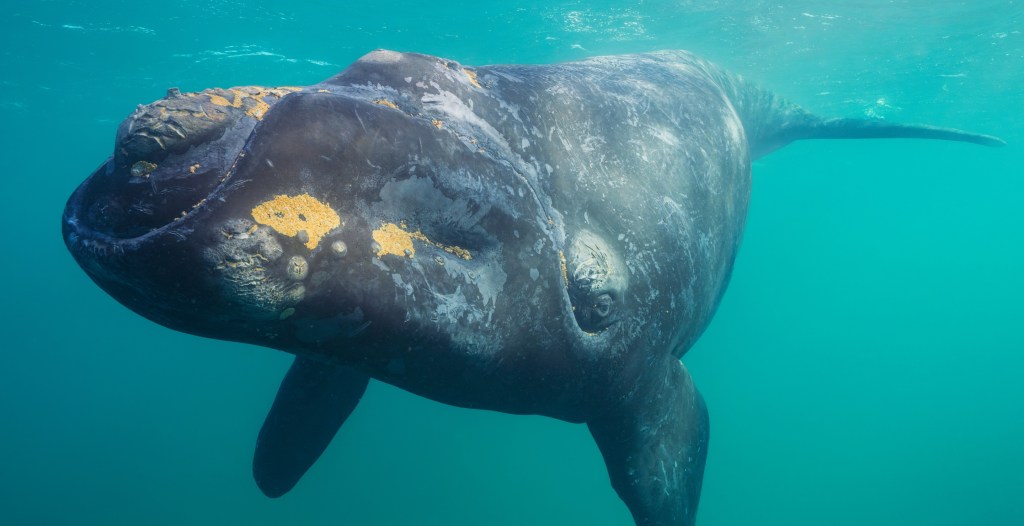After decades of bad news, the North Atlantic right whale is finally moving in the right direction. It’s still one of the most endangered whales on Earth, but for the first time in a long while, they’re slowly rebuilding their numbers. “Slowly” being the keyword.
The North Atlantic Right Whale Consortium released new numbers showing a population increase of just over 2 percent from 2023 to 2024. That might sound minor, but in the context of this species’ history, it’s huge. Eight new calves were born this year, bringing the total to roughly 384 whales.
“It’s always a great feeling when we can share positive news about this critically endangered species,” said Heather Pettis of the New England Aquarium. Pettis has tracked right whales for years and says this season brought fewer injuries and no recorded deaths. She hasn’t been able to say that in her reports in years.

One Of The Planet’s Most Endangered Whales Is Surfacing From The Brink Of Extinction
Right whales have spent the last century in a kind of survival limbo. They were once hunted because they were considered the “right” whales to kill—slow-moving, rich in oil, and easy to haul to shore. By the late 1800s, industrial whaling had nearly erased them. Legal protections stopped the slaughtering, but the danger continued…and grew. Modern threats are quieter and more insidious. Things like propellers, fishing ropes, shipping noise, and warming waters that push food sources farther away.
According to Oceana, about a quarter of all right whales become entangled in fishing gear every year, and 85 percent have been caught at least once. Many survive the initial entanglement, but the ropes cut deep, leaving scars that slow their movement and weaken their bodies. “Detecting entanglements is challenging as it requires two things to align: people to be looking and whales to be present,” said Philip Hamilton of the New England Aquarium’s Anderson Cabot Center.
The modest population bump doesn’t solve anything, but it signals hope and possibility. It shows that the work—closing fishing zones, testing ropeless gear, and forcing ships to slow down—is beginning to pay off. “The road to recovery for this population is long,” Pettis said, “but these trends leave us cautiously optimistic.”
The numbers don’t mean the whales are safe. They mean the work is starting to matter. After a century of near extinction, survival itself feels like a win. The goal now is to make sure it stays that way.
The post One of the Most Endangered Whales Is Fighting Back From the Brink of Extinction appeared first on VICE.




